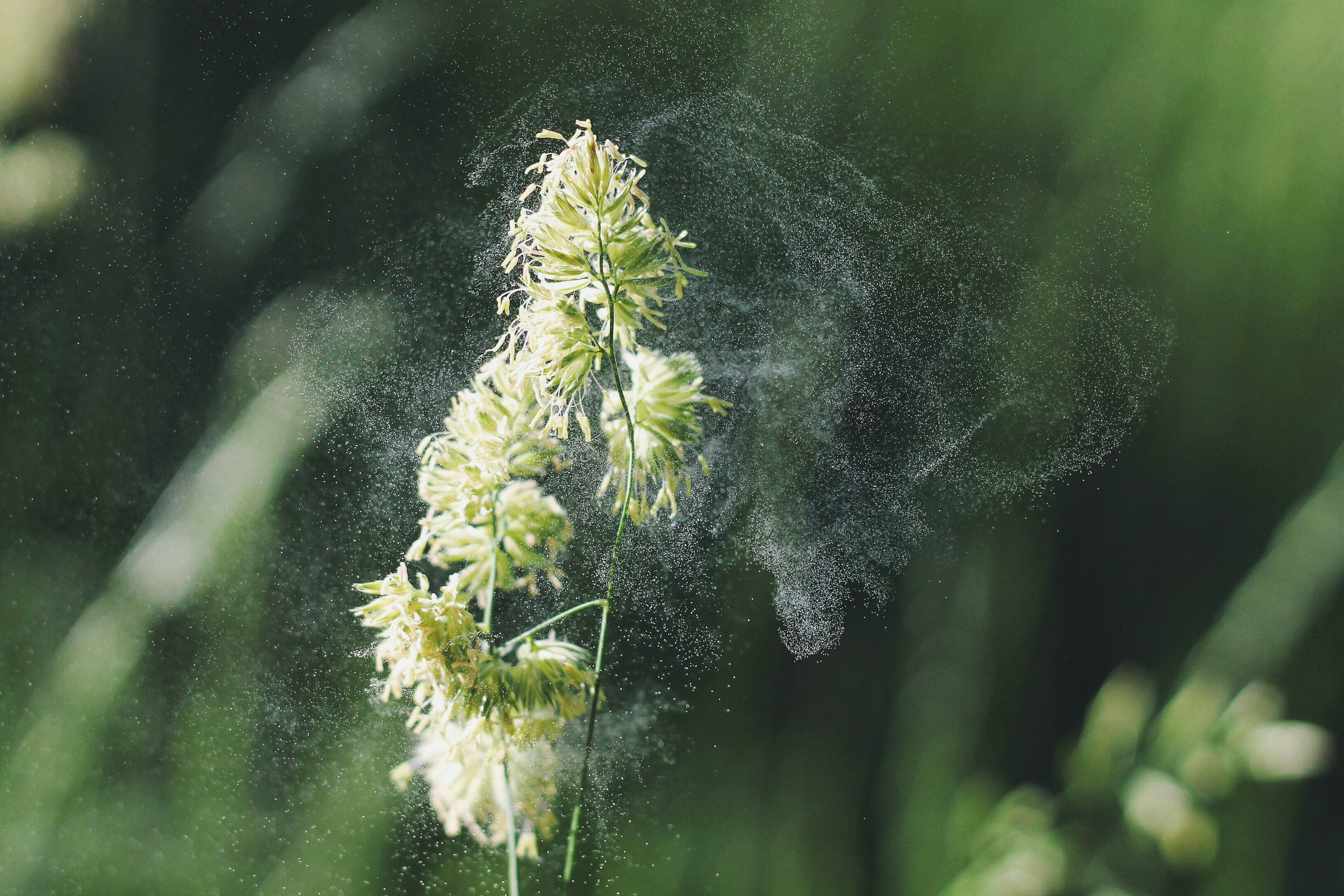Media release
From:
Peer-reviewed / Observational + Experimental study / Plants + Cells
The Lancet Planetary Health: Pollen from grassland with nitrogen fertiliser may be more likely to trigger hay fever than pollen from unfertilised grasslands, study suggestsNitrogen fertilised grasslands may produce six times more pollen than their unfertilised counterparts, suggests a study published in The Lancet Planetary Health journal. The study also suggests pollen from fertilised grasslands is more likely to trigger hay fever than pollen from unfertilised grasslands.
Over recent decades, the rate of pollen allergies has increased globally. One reason for this rise is thought to be atmospheric nitrogen pollutants affecting pollen and leading to an increased release of allergens; however little research has looked at the impact of nitrogen fertilisers, a major source of environmental pollution, on pollen.
This study compared pollen samples from 25 nitrogen-fertilised and 25 non-fertilised grasslands in Belgium. The study found an average pollen count of 3.6 mg/m2 for the fertilised grasslands - 6.2 times higher than the unfertilised grasslands with 0.6 mg/m2 of pollen.
The study also looked at how allergenic the pollen was by taking the blood of 20 people and exposing it to the pollen from the two types of grassland. When comparing the sensitivity of the participant’s immune cells (basophils), they found on average that they were five times more sensitive to the pollen from the fertilised grasslands than the unfertilised grassland. The authors say to confirm the allergy response further research should expose participants themselves to pollen and then study their immune response.
Authors say this study is the first to suggest a clear relationship between nitrogen fertiliser and pollen count and its ability to trigger allergies and that the findings highlight an urgent need for strategies to not only address nitrogen fertiliser’s impact on biodiversity and the environmental, but also the human health impact posed by nitrogen pollution.



 International
International



